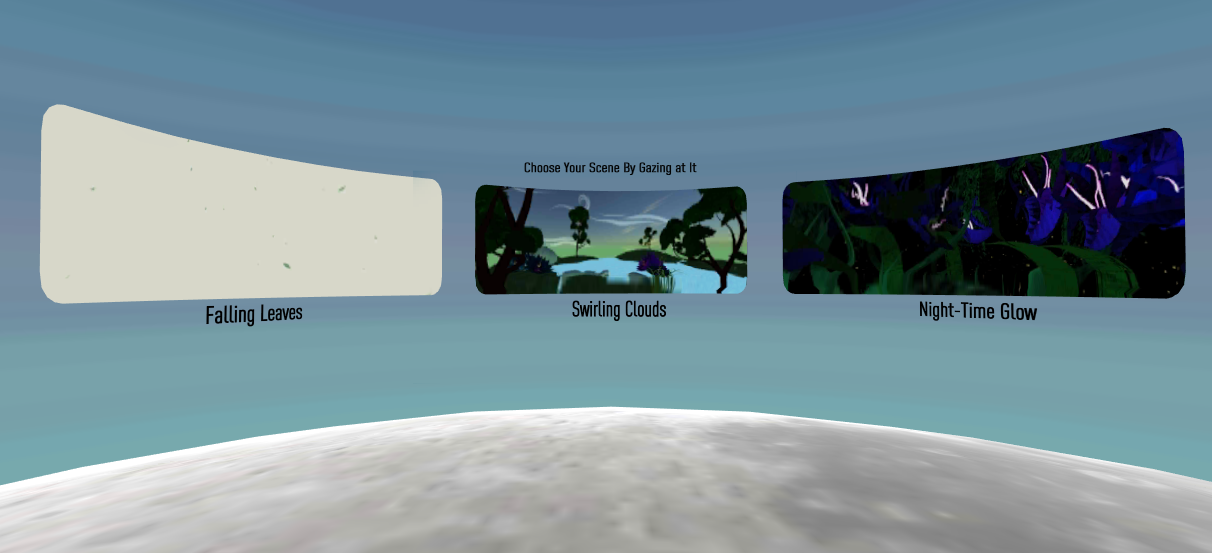
This time, we will write the text onto a label. a VisualElement, which is effectively a panel or container.We will use just three elements to reproduce our button and text example from before: The result should be a version of the packages UI Builder and UI Toolkit. Then go to the package manager, click the ‘+’ button and choose ”Add package from git URL….” and enter ””. Starting from my previous small project, I will first allow the package manager to use Preview Packages from the project settings: Note: I use Unity 2020.3, but a newer version may well have the package built-in. You may remember this simply changed the text on a button when it was clicked.įirst, the packages for the relatively new UI Toolkit need to be imported. I’ll start with the very simple project I used before, and then adapt it for the UI Toolkit.

I’ll focus on an actual session of development so that you can see how similar the process is. This allows graphic designers and coders to work together more seamlessly. These work to give you a UI you can still interact with programmatically, but you can set up and adjust without code.

UI Toolkit provides a layout engine, an XML style language (UXML), CSS-like style sheets (Unity Style Sheets, or USS) and a tool to create the UI (the UI Builder). In a scene, this is usually interpreted as the graphics painted onto the camera, not freely moving in your 3D world. The term UI here specifically refers to the layer sitting in front of whatever is happening in the scene behind, much like you have on a TV. This, in turn, gives the developer a practical access point to the otherwise formidable Unity platform. In its own words, the UI Toolkit is “inspired by standard web technologies.” This is fairly unusual, as the games industry does not consider the web in itself to be suitable for low latency high-resolution tasks, so for Unity to do this is quite a big open hand to application developers familiar with HTML and CSS. Unity Technologies has overhauled its UI layer and created a much more familiar setup, referred to as the UI Toolkit (sometimes still referred to by its old name, UIElements). Or perhaps just to build a game, as Unity is typically used for. My previous article introduced Unity from the standpoint of an application developer looking to cross-develop at a higher presentational quality. One of the interesting development aims of Unity is creating solutions that move nearer to industry norms beyond games development.


 0 kommentar(er)
0 kommentar(er)
